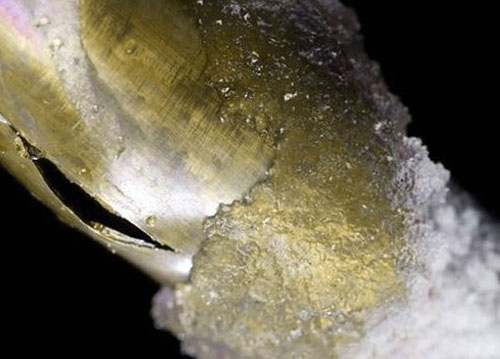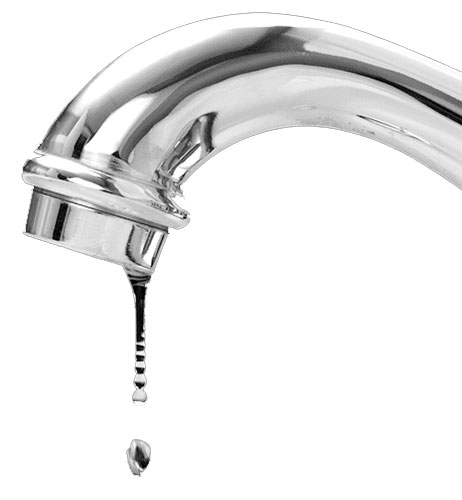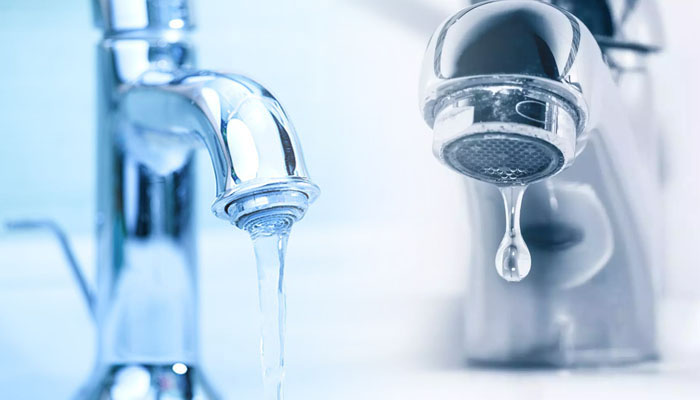Should I Let My Faucets Drip Tonight? [Causes and Methods]
Faucets bursting is a common problem in states with harsh winters. A great solution to this problem is letting your faucets drip.
But at what temperature must you start the dripping? Are you asking yourself, “Should I let my faucets drip tonight because the temperature will drop to 20 degrees?”
Well, yes, you should let your faucets drip tonight if the temperature is dropping that low. Dripping the spouts is an excellent method to prevent freezing, and they can save you a fortune in repairing work. Moreover, you must drip the taps placed outdoors or connected to an external wall.
In this article, I will explain why dripping faucets is essential and how and when you should do it thoroughly. To find out more, keep reading.
Why Do I Have to Let My Faucets Drip?
You don’t have to let your faucets drip if your area doesn’t go to freezing temperatures in the winter. But in many places, the temperature goes below the freezing degree, which can harm your water pipes.
Below are the two main reasons why you need to let your faucets drip during this harsh weather:
Freezing Water Can Burst Your Pipes – The Problem
At night, people sleep for long hours. So, if water gets frozen in your pipes during that time, it will expand and cause the pipe to burst.

This can cause a huge accident crumbling your whole water system. Hence, instead of spending thousands of dollars on fixing the burst pipe, it’s better to let your faucet drip overnight.
Dripping Keeps The Water in Motion to Avoid Freezing – The Solution
When water runs through the faucet, it allows new water to replace the old amounts that would’ve frozen if left still.

The dripping maintains a continuous flow of water throughout the line, prohibiting any droplets from resting.
If that water had stayed inside the pipe for more than a few hours, it would’ve caused the pipe and water to freeze. Eventually, the pipe would’ve burst.
When to Drip Faucets at Home?
If you’re wondering at what temp to drip the faucets, I’ve got the answer. Many people assume that you should do dripping as soon as the temperature hits the freezing point, i.e., 32°F or 0°C.
However, that is not the case for water pipes. Water pipes have a higher threshold. Hence, I have mentioned below the two major situations in which you must let your faucets drip:
1. When Freezing Temperatures Sustain For Too Long
I recommend dripping your pipes if you see the temperature is going to be below 28°F for more than four hours.
This temperature is much lower than the freezing point; if it stays on for too long, your pipes will definitely freeze.
So, you need to keep the faucets running in such situations at very low pressure. Clean the faucet aerator beforehand so that the water drops don’t get stuck inside the spout. Otherwise, there may be freezing in that space.
2. When You’re Leaving The House For More Than A Day
Another situation when you must let your faucets drip is if you’re leaving home for a few days during the winter. It’s normal for families to go on vacation during the winter break.
But many people forget about the plumbing factors at home during this time and come back to a broken water system. That’s why I recommend leaving your farthest faucet dripping if you’re leaving home for more than a day.
If you’re thinking about saving water, you can ask a friend to come over and drip faucets during freeze if they see harsh weather incoming.
Ask them to also check the aerator to see whether it froze. A faucet aerator’s purpose is to filter water. So, sometimes the minerals can create blockage by freezing.
3. If The Weather Dictates Freezing Winds
Pipes freeze when they experience cold or chilly winds for too long, so make sure to take care of that.
Do I Drip All the Faucets at My Home?
A common misconception when dripping faucets during freeze is people think they’ll have to start dripping all the faucets in the house. The straightforward answer to this is no!

You don’t have to turn on all the spouts to save your pipes from freezing.
Imagine all the water you’ll be wasting if all the spouts in your house were running water! Instead, you have to drip only those spouts that are either outside of the home, connected to an external wall, or live the farthest from the supply line.
These spouts and their adjacent pipes are the most prone to freezing.
Why?
For starters, the faucets outside your home do not get any access to the heated air inside. Hence, they’re directly exposed to the cold so you need to drip them to prevent freezing.
Next, the faucets that are joined to the walls facing the external portion of the house also face freezing temperatures. The pipes of these spouts link to the outside, so chances are high that they’ll freeze.
In addition, there is a great benefit to keeping the spout that is farthest from the main supply dripping. If you keep only this faucet dripping, you might be able to prevent the whole system from freezing.
Because the farthest faucets make water travel all the way from the main supply to its spout.
So, there is a regular flow of water throughout the system and no freezing can occur. Therefore, you do not need to keep all your spouts dripping during winter.
If you keep the faucets in the garage/yard, perimeter walls, or farthest from the main line running, you’re good to go.
Calculate How Much Water a Leaking Faucet Wastes:
Here's how much water would be wasted (numbers may be rounded):
- Drips per day:
- Liters per day:
- Gallons (US) per day:
- Gallons (US) per year:
Frequently Asked Questions
1. What alternatives are there to dripping faucets?
If you don’t want to drip your spouts during winter, there are a few alternatives, even though they are a lot of work. You can cover your whole pipeline with heated blankets or rice socks. Inside the house, keeping cabinet doors open is the best option to prevent freezing.
2. Will pipes freeze at 32 degrees?
They may freeze at this temperature, but it will take them a few hours. No pipe will freeze at this temperature all at once. The risks get higher the lower the temperature drops.
3. Will my pipes freeze if I have no heat?
Yes, your pipes will freeze and burst at one point if they don’t get enough heat or insulation. The dripping keeps an energy flow going that generates heat in the water, preventing it from freezing.
4. What temperature should I keep in my house in winter so the pipes don’t freeze?
Around 68°F is an ideal temperature to warm the pipes inside and underneath the house. If you’re going away from home, set your thermostat to this temperature.
5. Will removing the aerator prevent my pipes from freezing?
Aerators connect to the spout at the edge. They play no role in preventing the whole pipe from freezing. So, removing it will have no effect on the pipes. However, it may prevent freezing and blockage at the spout opening as the scope to accumulate water will be gone.
Final Words
Freezing pipes are a nightmare for everyone during wintertime. They break apart the whole water line and fixing them costs a fortune.
A simple solution to this problem is not letting the pipes freeze overnight. You may easily achieve this by allowing the faucet to drip.
Therefore, if you were asking yourself- should I let my faucets drip tonight to prevent freezing? You now know the answer!
They’re a great solution to save your pipes during the harsh winter and let you be tension free during the cold nights.
